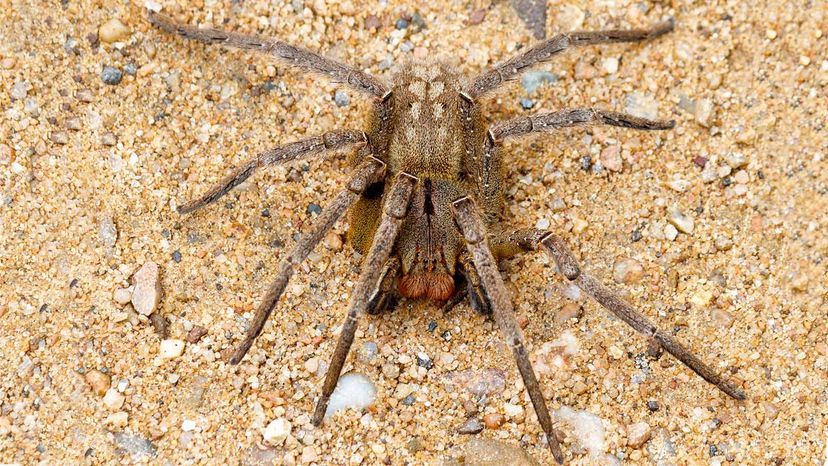
Some animals are feared — even renowned — for their dangerous characteristics, while others fly quietly under the deadly radar. Then there are those, like sharks, that are somewhat improperly vilified. For all the negative publicity caused by the “Jaws” movies, sharks are highly unlikely to kill a human when they encounter one.
All told, sharks cause an average of 10 human fatalities per year worldwide, and some years that number is far fewer. Shark bites are higher — there were 137 confirmed shark bites in 2021, but that still makes sharks far less dangerous than many other animals.
So what does make an animal dangerous? There are plenty of things. Some are highly venomous, disease-spreading and territorial. Others, though, are just plain aggressive. Let’s find out which animal is the worst of the worst in each of these categories.
Most Venomous Animal
Box jellyfish are widely publicized to be the most venomous creature in the world, but the real honor goes to geography cone snails (Conus geographus), which need only about one-tenth as much venom as a deathstalker scorpion to kill the same prey. These tiny shelled marine creatures live in the reefs of Indo-Pacific and don’t come across a lot of humans, so it’s pretty rare for a person to be felled by one. However, there are about 30 recorded deaths of divers thanks to these deceivingly cute little snails.
In fact, 65 percent of people “stung” by cone snails will die if they don’t make it to the hospital on time. Currently, there’s no way to treat such their sting; the patient just has to be strong enough to hold on until the venom finally wears off.
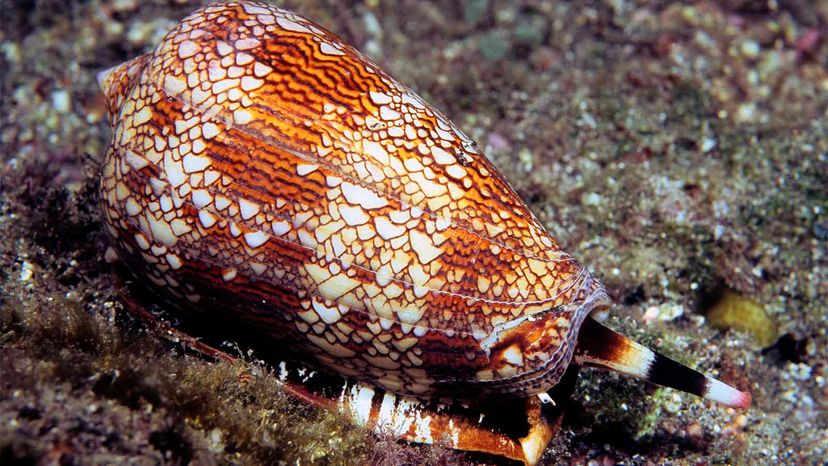
You see, geography cones are the most venomous of the 500 known cone snail species, and have about 200 total toxins to choose from when concocting a deadly venom. When they’re ready to hunt, they sting their prey using a “harpoon-like tooth,” which delivers a dose of painkiller-like venom that is said to be 10,000 times more potent than morphine. Try getting back to the surface under those conditions!
All that said, the box jellyfish (particularly the Australian box jellyfish) comes by its reputation honestly and kills many more people per year than the geography cone snail. Dozens, sometimes more than 100 people around the world die thanks to the tentacles of the Australian box jellyfish every year, 20 to 40 of which are in the Philippines alone. Fortunately, there is an antidote to the venom, although survivors are generally left with significant scarring.
Most Disease-riddled Animal
Itty-bitty mosquitoes might not try to feast on your flesh like some predators do, but make no mistake, they are one of the most dangerous animals in the world. This is because they carry pathogens to humans that are ultra-deadly, including diseases like encephalitis, yellow fever, dengue fever, malaria, West Nile virus, the Zika virus and others. Between these diseases, more than 725,000 people die every year, with another 700 million sickened.
Mosquitoes earned this dubious title long ago because they are disease vectors. These are living organisms that ingest dangerous microorganisms when they feast on an infected person or animal. They then transmit the microorganisms into their next meal source and can keep doing so over and over again.
Sadly, the World Health Organization says that many of the deaths mosquitoes cause are preventable through protective steps, but are often hindered by various cultural and socioeconomic factors. Even a person who doesn’t die from mosquito-borne disease is likely to endure significant suffering, possibly lifelong disabilities.
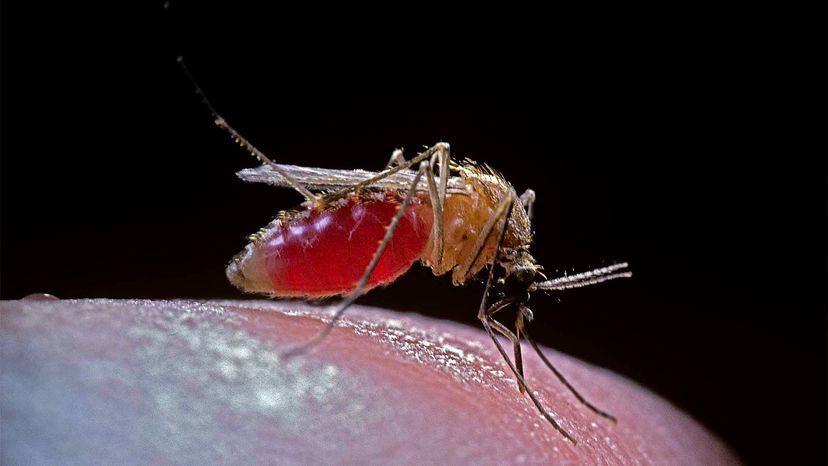
Most Territorial Animal
Whatever you do, do not wander into a hippopotamus’ territory — water. They will not like it and you could be in for a world of hurt. These ultra-territorial African giants held the title of deadliest mammal on that continent for years, and they wouldn’t hesitate to defend their territory from other animals or people. They’ll even flip over boats if they’re so inclined!
Hippos kill about 500 people every year in Africa, according to National Geographic, and they don’t even have to bite a person with their 2-foot (61-centimeter) long teeth to get the job done. They can easily crush a person under their up to 9,900 pounds (4,500 kilograms) of girth. So, if you’re in Sub-Saharan Africa or Colombia anytime soon, keep an eye out. Real-life hungry-hungry hippos are not nearly as cute as the game.
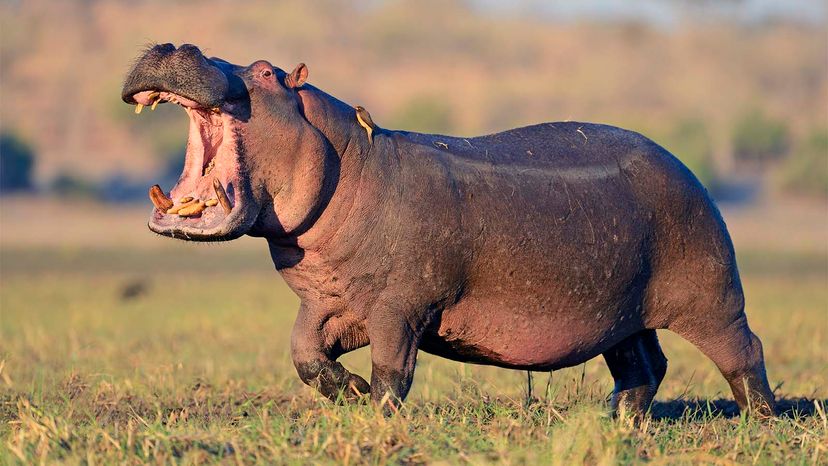
Most Aggressive Animal
We already mentioned hippos are aggressive, but they’ve got nothing on this next animal. We’re talking about the croc. Whether it’s a saltwater, Nile or some other species, crocodiles take the title of “most aggressive” animal in the world.
In particular, saltwater crocodiles (Crocodylus porosus) don’t even need to be provoked to go after a human. These enormous (up to 23 feet [7 meters] in length), foul-tempered predators consider anything that they set their sights on to be fair game. And if a human comes close to their territory, all bets are off. Saltwater crocodiles, which live in the Indo-Pacific region of eastern India, Southeast Asia and northern Australia, also have the strongest bite of any animal on Earth, and are responsible for several dozen attacks on humans every year.
But it’s the Nile crocodile (Crocodylus niloticus) that has a reputation for the most attacks on humans annually. Though researchers in 2019 analyzed 67 years of crocodile attacks on people in South Africa between 1949 and 2016 and found 214 verified, unprovoked attacks — most were in rivers and most victims were young boys.
Some people confuse the Nile crocodile for the American crocodile (Crocodylus acutus), a federally threatened species in Florida. There has never been a report of an American croc attacking and killing a human in the wild. Just be sure not get the two mixed up. And best to steer clear and be aware anytime you’re in a place crocodiles call home.
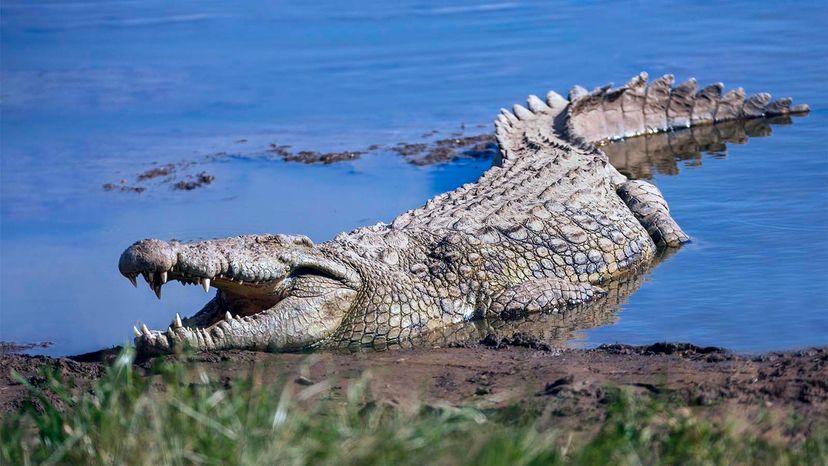
No list of dangerous animals would be complete without including humans. After all, we’re animals, too. And humans are among the most dangerous animals on the planet. A study in 2015 published in the journal Science, in fact, determined humans are “super predators.” Why? Because humans hunt and kill other large carnivores, including bears, wolves and lions, at nine times the rate that those large carnivores prey on one another. So if you really want to know the world’s most dangerous animal, you might want to take a look in the mirror.


 Users Today : 53
Users Today : 53 Total views : 464593
Total views : 464593